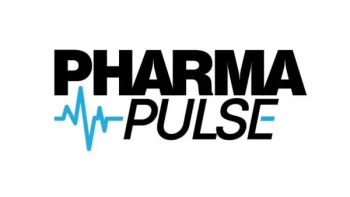
15% of the 2013 FDA-approved new molecular entities are cold-chain products
Percentage is down from last year’s figure
FDA approved 27 new molecular entities (NMEs) in 2013, down from the 39 approved in 2012, which was a recent banner year. Of the 27, Pharmaceutical Commerce’s analysis shows that 4, or 15% of the total, are cold chain products, requiring storage and transportation at 2-8°C. Last year’s figure (which included some vaccines and blood products not included here) was 38%. HDMA’s Factbook, among other sources, indicates that around 10% of current industry stockkeeping units require refrigeration, so purely on that basis, 2013’s approvals show a continuing trend toward more cold-chain products coming from the industry.
Among cold chain products, all of the 2013 approvals had simply a 2-8° requirement on their labels—no frozen product or other temperature ranges. Of the 23 room-temperature products, there continues to be a non-standardization that some in the industry believe is an unnecessary complication for supply chain managers. Some list the storage temperature at 20°C; some at 25°, and one at “below 40°C”. Most give an excursion range of 15-30°C—but the variable there is the duration of the excursion.
Newsletter
Stay ahead in the life sciences industry with Pharmaceutical Commerce, the latest news, trends, and strategies in drug distribution, commercialization, and market access.




